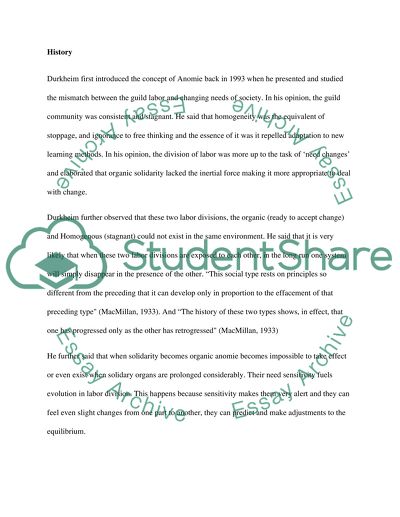Cite this document
(“History and Development of Anomie Theory Essay Example | Topics and Well Written Essays - 1750 words”, n.d.)
Retrieved from https://studentshare.org/sociology/1430337-anomie-theory
Retrieved from https://studentshare.org/sociology/1430337-anomie-theory
(History and Development of Anomie Theory Essay Example | Topics and Well Written Essays - 1750 Words)
https://studentshare.org/sociology/1430337-anomie-theory.
https://studentshare.org/sociology/1430337-anomie-theory.
“History and Development of Anomie Theory Essay Example | Topics and Well Written Essays - 1750 Words”, n.d. https://studentshare.org/sociology/1430337-anomie-theory.


